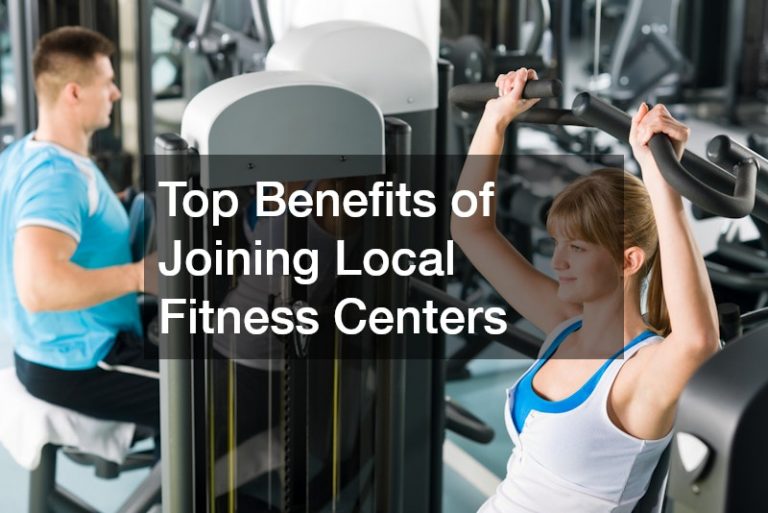
Chances are, you’ve considered riding your bike, or maybe buying one, at least once or twice in the last year. There are twice as many bicycles in the world as cars. In the United States, those bikes might spend most of their time in the garage or storage shed, but that could be changing. Since 2005, people in the U.S. commuting by bicycle has increased nearly 50%.
So maybe you’ve seen coworkers or neighbors heading out on their bikes and you’ve thought to yourself, “I’m a healthy individual, I should be biking, too”. But the last time you rode your bike your back ached, your butt hurt and you sweat through your shirt, so your bike has sat in the garage since last year.
Keeping your back from hurting is a matter of getting a bike that fits your frame, adjusting the saddle height and angle and keeping the right posture. Keeping from sweating through your clothes is a matter of picking the right wardrobe and getting enough exercise to keep you heart rate low while cycling. Keeping your butt from hurting, that’s a matter of seating. You need to find the right bicycle saddle. Consider the following.
Carbon saddle rails (or anything else carbon fiber) are fancy and expensive, but unnecessary unless you’re serious about performance. Entry-level seats will have steel rails, which are heavier and less forgiving, but also much less expensive. If you’re serious about biking regularly and you have the money to spare, carbon fiber bike seats are nice, but the average commuting rider can probably live without them.
Perineum cutouts are the slits, indentations or openings found in the middle of certain types of bike saddles. They’re intended to provide relief to your perineum, the area between the bones you sit on. The cutouts are supposed to provide pressure and temperature relief. Some seats will even be completely split down the middle for this purpose. If you deal with perineal pain or uncomfortable sweat when you ride, choosing a bicycle saddle with a big cutout might help.
Leather bike saddles require a commitment to get the best use out of one, but can become an excellent ride. Leather bike seats usually forgo padding under the seat cover for leather stretched tightly over a metal frame. A rider then breaks the seat in while riding for the next couple hundred miles. Like leather boots or gloves, the leather bicycle saddle molds itself to the user. Without the synthetic padding beneath the cover, a leather bike seat keeps cooler during a ride, too. A leather seat does require a little extra care, too. Keeping it covered from the rain or direct sunlight is a good idea, and treating it occasionally with a leather conditioner is advised as well. If done properly, a leather saddle is a good choice for almost any cyclist. The exception is mountain biking, where riders want a well-padded bicycle saddle to keep comfortable over their terrain.
Synthetic padding has a couple different options, too. Many riders opt for gel cushioning, which molds to the shape of both your and your bike’s seats, providing comfortable support. However, gel wears out faster than regular old foam. If you’ve already purchased a seat, but you want more cushioning, you can either get a seat cover with extra padding or padded bicycle shorts. Padded shorts are preferred by serious competitors because seat covers can sometimes migrate on the seat.
Test your seat before buying it, if possible. Go to a bike shop and handle them, ride around the block, even if they don’t have exactly what you’re looking for, it’s a good way to get a feel for different styles and materials before you shop online. You’ll be spending a lot of time sitting on your saddle, spend some time choosing it carefully, too.
Ultimately, your saddle should fit both your anatomy and your style of riding. A casual rider will not need to spend money on carbon fiber bike saddle and a serious rider will probably stay away from heavily padded seats that can create uncomfortable chafing. Before you shop, take a ride with the saddle you have now and think carefully about what would work best for your riding conditions.



